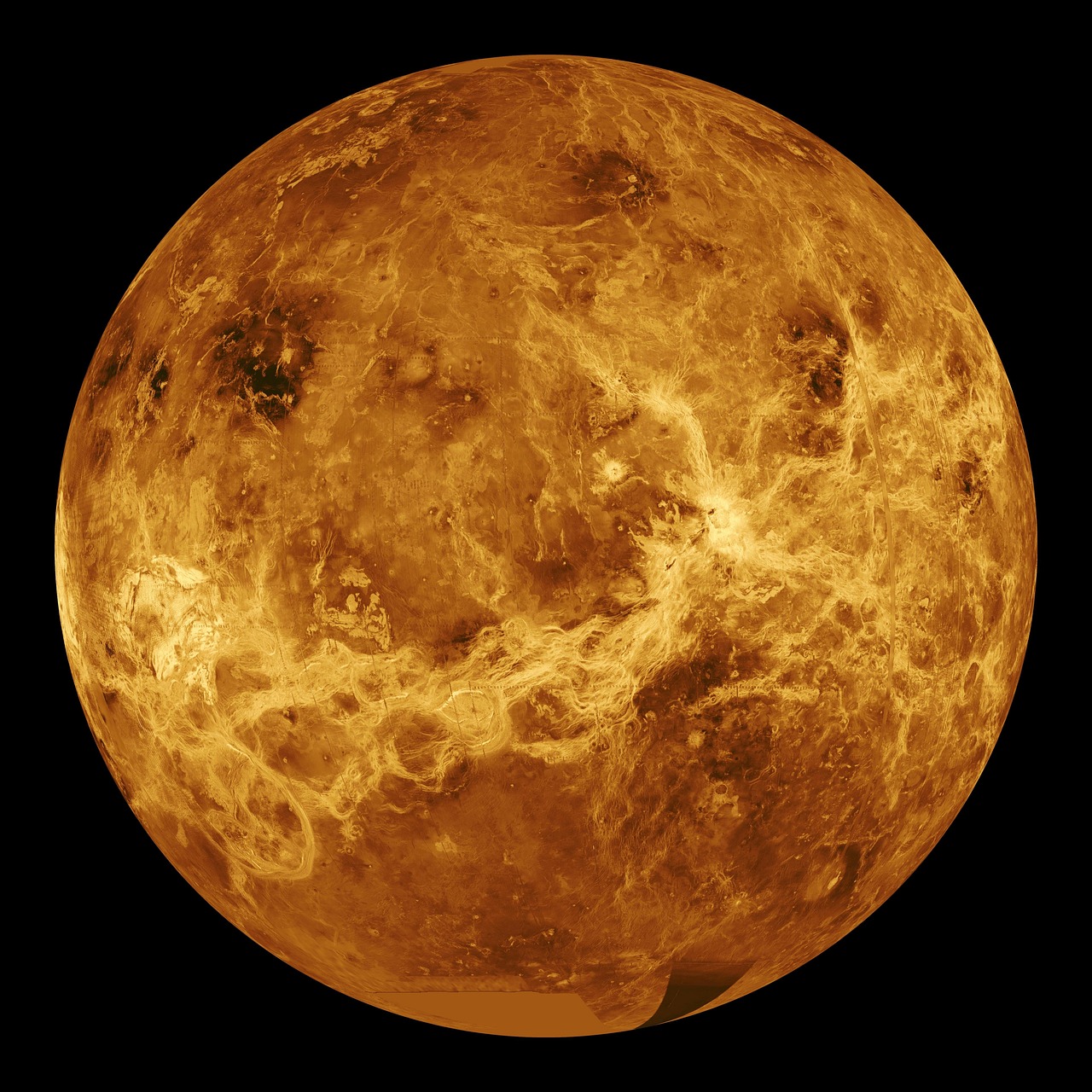Venus, the second planet from the Sun and Earth’s closest planetary neighbor, has captivated the imaginations of astronomers and sky gazers for centuries. Often referred to as the “Evening Star” or the “Morning Star,” Venus exhibits a unique and fascinating behavior, especially when observed before sunrise. In this article, we delve into the enchanting world of Venus as it graces the predawn sky.
Venus: The Jewel of the Morning Sky
As one of the brightest objects in our night sky, Venus has long been a celestial marvel. When situated on the side of the Sun opposite to Earth, Venus reaches its greatest elongation and becomes visible before sunrise in the eastern sky. This pre-dawn appearance has earned Venus its title as the “Morning Star,” dazzling observers with its radiant glow.
Timing and Visibility
To catch a glimpse of Venus before sunrise, one must rise early and venture outdoors during the predawn hours. The optimal viewing times vary throughout the year, as Venus alternates between the morning and evening skies due to its orbit around the Sun. Observers can witness Venus at its brightest when it reaches its maximum elongation, typically occurring every 19 months.
The Spectacle of Venus
Venus, often mistaken for a distant airplane or UFO due to its intense brightness, exhibits phases similar to the Moon. Through a telescope, one can observe Venus transform from a thin crescent to a nearly full disk, providing a mesmerizing display for early risers and dedicated astronomers alike.
The Atmosphere of Venus
While the beauty of Venus is evident from our vantage point, the planet itself hides a complex and inhospitable environment. Its thick atmosphere, primarily composed of carbon dioxide, traps heat and leads to a runaway greenhouse effect, making Venus the hottest planet in our solar system. Studying Venus before sunrise not only allows us to appreciate its visual splendor but also prompts scientists to explore the mysteries of its atmosphere and climate.
Cultural and Historical Significance
Throughout history, Venus has held cultural and symbolic significance across various civilizations. Named after the Roman goddess of love and beauty, Venus has inspired poets, artists, and astronomers alike. The patterns of Venus in the sky have influenced ancient calendars and navigation, contributing to the rich tapestry of human understanding of the cosmos.
Conclusion
Observing Venus before sunrise offers a breathtaking celestial experience, blending science and beauty in the quiet moments before the world awakens. As we marvel at the Morning Star, we are reminded of the vastness and complexity of our solar system. Venus, with its radiant presence in the predawn sky, continues to ignite our curiosity and inspire a deeper appreciation for the wonders of the universe. So, set your alarm early, step outside, and witness the celestial ballet as Venus graces the sky with its pre-dawn brilliance.

